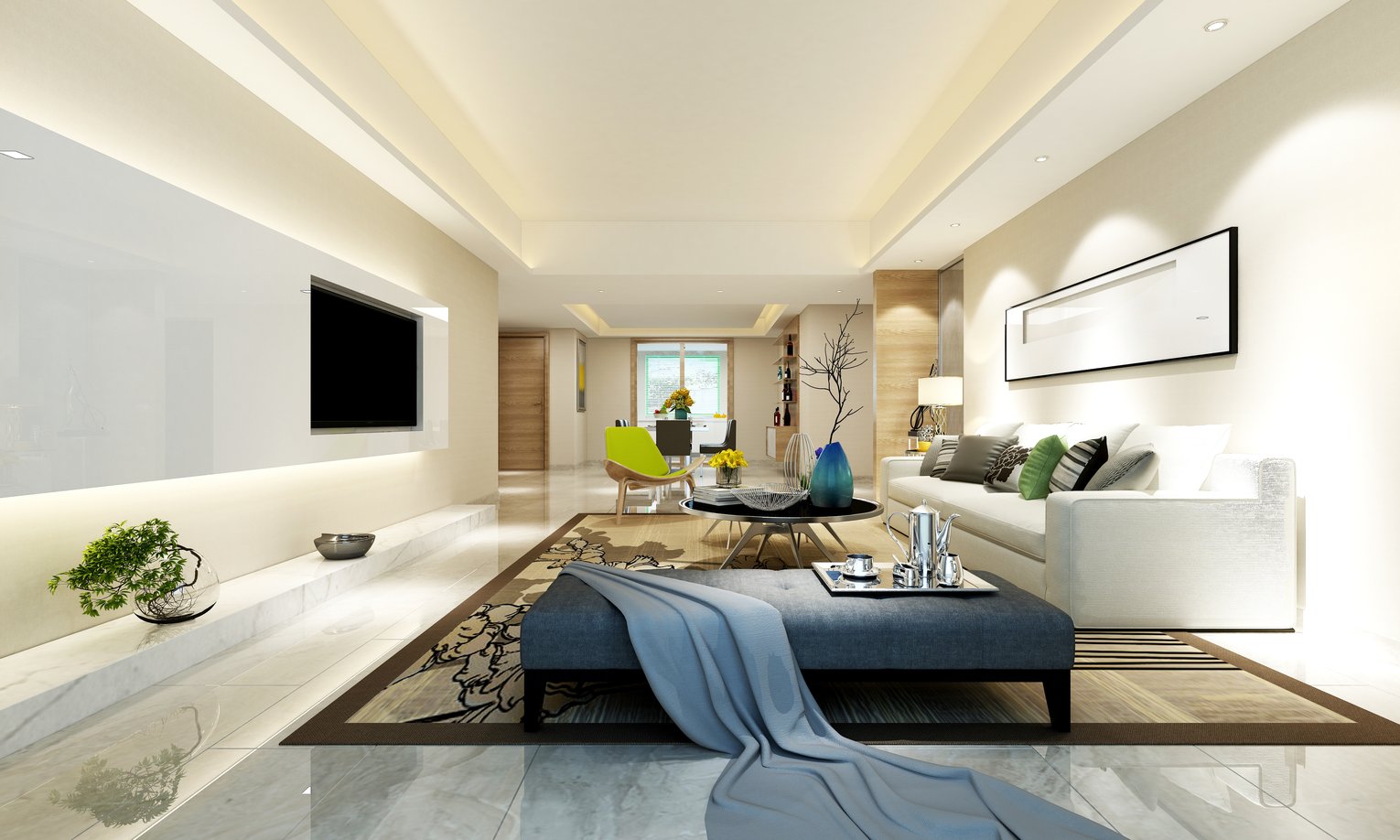FEATURED ARTICLE WRITTEN BY ADAM OWENS
Photography courtesy of American Lighting
Lighting Fixtures:
Then & Now

Create warm and inviting ambience in the heart of the home by utilizing single-color warm white, or adjustable-color tuning Proluxe tape light by American Lighting
Part Two coverage of the subject looks at practical applications in today’s connected home
I
n our previous article in the Fall 2020 Connected Design, we discussed a brief history of light and control with a focus on the disruption that LED has had on the modern home. The real question is where the lighting industry is going, and what are some of the technologies you may look to implement.
Today, it is not only possible but more than likely that digital addressable fixture technology is being implemented. Digital addressing allows for fixtures within the home to be re-zoned through programming rather than through wiring. In a traditionally wired home, the lights are wired back to a switch or dimmer to give you control of those fixtures. This would be referred to as the standard way for wiring a project. However, now, you can simply wire all the fixtures together to optimize wiring, which in turn, reduces the labor and wiring cost to the home. Since the fixtures are utilizing digital addressing, they can then be dynamically re-zoned at any time through programming.
Think of a space that might be primarily utilized as a formal living area with sofas and furniture throughout. At some point, the homeowner elects to purchase a piano to support their child’s passion for music. With a traditionally wired home, you wouldn’t be able to change any of the lighting layout in that room. As the piano moves in, the furniture shifts, removing a sofa and end table to accommodate the new piano. As those pieces of furniture are moved, the lights that were over seated positions still come on with the rest of the general lighting. In a digitally addressed system, we could simply go into programming and assign the four lights over the piano as piano lights. Voilà – you have a new, dramatic lighting scene for the area that highlights the new addition and makes it feel as if it was there from the beginning.
American Lighting’s solutions underlight quartz countertops and create extravagant backlit architectural accents with Proluxe Canvas LED sheets
Next Steps into the Future
Digital addressing is certainly a new approach to lighting, using a concept that has been around for years. What are the next steps that take us into the future? As LED technology evolves, we are starting to see a lot of new technologies that implement several challenging concepts to achieve completely new experiences as they pertain to light. In the home, we are seeing much more innovation as it relates to linear light, or LED strip lighting. Where the approach has been to provide small linear strip lighting for under cabinet, cove, and accent lighting, we now see greater opportunities. Linear lighting is expanding at a rapid pace. The products are now able to provide more light per foot with greater color quality and efficiency. These innovations have allowed for the development of multi-chip LED products that now feature multiple colors.
How can these multi-chip products be a benefit to design? Implementing a multi-chip design allows for precise color control of the LED. You may want to implement saturated colors for mood or accent lighting, or dial in a particular color temperature to mimic color temperatures outside. Using these linear products, you can achieve dramatic effects by lowering the task-oriented light and relying on indirect light to make a space feel a certain way. With indirect lighting, you can fundamentally change the way a space feels, because there is no perception of direct light. Think of how a space feels during sunset, when the light is golden and fills your whole space with warm amber light; every surface is illuminated but the intensity of the sun can be harsh. Using multiple layers of light allows the space to be filled with light but no harsh side effects. While some spaces can be solely lit by indirect light, the real transformation occurs when the linear light is properly paired with architectural downlighting.
American Lighting’s Proluxe Extrusions make this eye-catching ceiling
Layers of Light
Using layers of light is not new to lighting design; some may argue it is fundamental to proper design. If you look at your favorite restaurant, you most likely will notice that there are multiple layers to the lighting. Architectural lights provide general illumination while indirect light and decorative pieces set the mood of the space. The key is to have all of those fixtures work in concert to change the way a space feels. Utilizing multi-chip LED products in different form factors creates a dynamic space that can be altered at the touch of a button. Set the mood for a dinner party, unwind with a glass of wine, or mimic the color temperature of the sun to energize you for late-night work. The biggest innovations are just now arriving in the market, but as the technology in the fixture types reach parity, we will experience a transcendent shift in the way we experience our homes.





